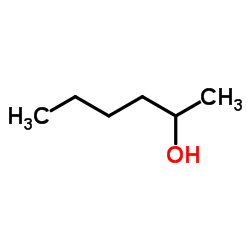| 结构式 | 名称/CAS号 | 全部文献 |
|---|---|---|
 |
甲基麻黄碱
CAS:552-79-4 |
|
 |
(1S,2s)-(+)-n-甲基伪麻黄碱
CAS:51018-28-1 |
|
 |
2-己醇
CAS:626-93-7 |